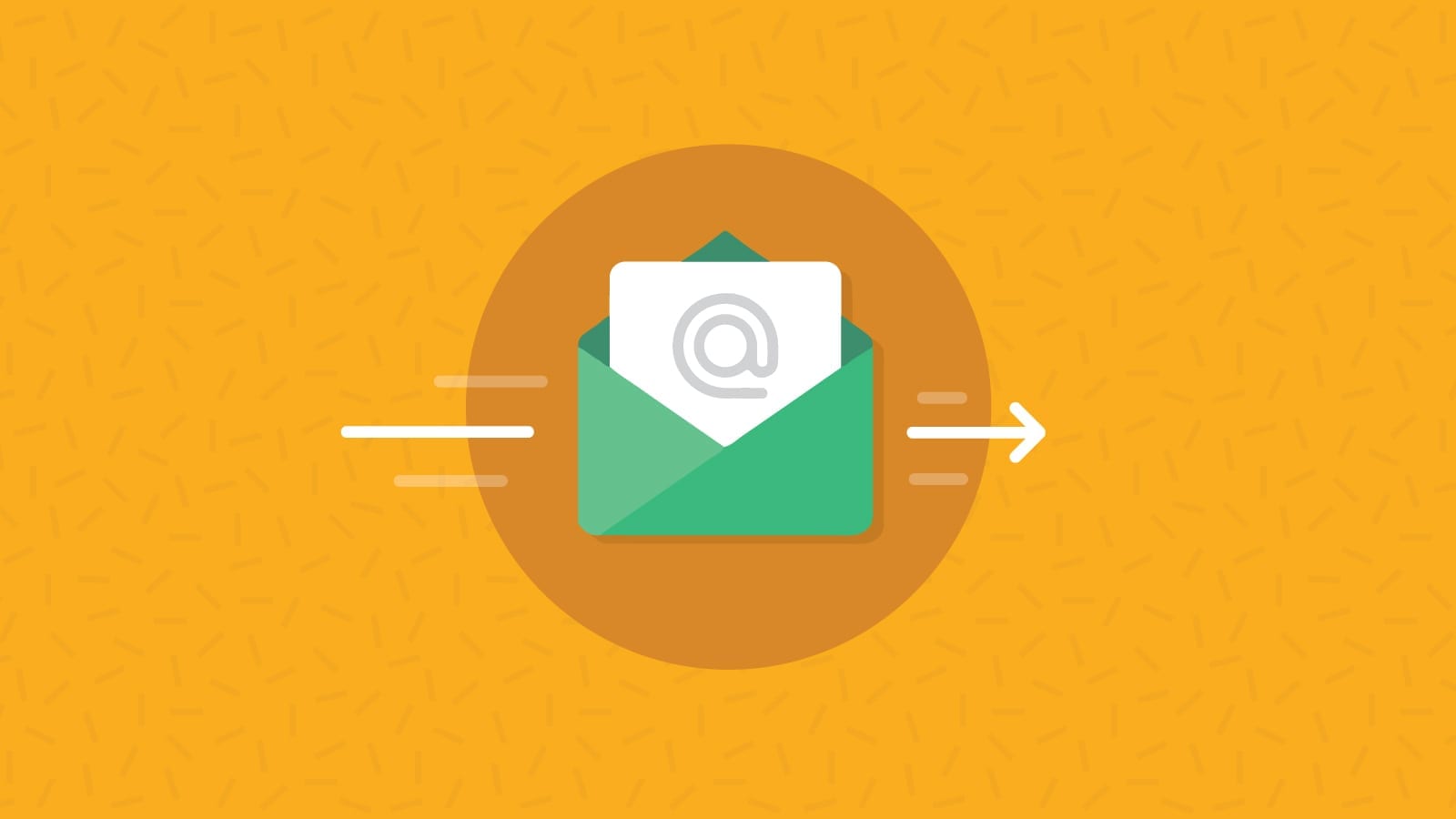Email Marketing
6 Ways to Improve Your Email Development Process

Email Marketing

The email creation process can often be cumbersome with many moving parts and people. Even if your marketing team is small, an efficient process is crucial to keeping your campaigns on track.
We can all agree that email could use a little less chaos these days, so I’ve outlined six ways you can start improving your email processes.
Check out Email on Acid’s Team Management tools to find out how we can improve your team’s pre-deployment processes.
No matter the size of your team or email program, start with a project brief. Trust me, even if you’re a one-person email team, you’ll want to keep a record of what you did, the assets for the email, the goals of the email, and the campaign results.
You can find email planning or project brief templates circulating the internet, or you can make your own. If you’re starting from scratch, be sure to include:

Set up a formal intake process (the process you’ll follow when emails are requested at your company) with your stakeholders, designer(s), developer(s), freelancers, your boss, and anyone else who’s involved with email marketing campaigns. You’ll want to define roles and responsibilities for each person, deliverables each person is responsible for, timelines, and goals.
Set expectations and get consensus from the group; this is an opportunity to get everyone on the same page.

I recommend using project management software to keep campaigns and requests organized. Trust me, a spreadsheet might be okay at the start, but as you get more projects, send more emails, and add more team members, spreadsheets don’t scale.
There are numerous options for project management tools today, including Asana, Wrike, Workfront and Basecamp.
One of the most important steps in improving any process is to reevaluate its efficiency and effectiveness regularly. Try setting up a weekly or biweekly meeting with your team and stakeholders to make sure the process is working. Don’t forget to ask for feedback and give feedback.
Regular meetings will also give you an opportunity to find blockers in your process. If a teammate is stuck on a task, work together to solve the problem.
An interesting way to measure the success of your process improvements is to benchmark your current processes and see if changes have led to improvements.
For example, take note of the following stats before and after you implement your process changes:
If you notice a lift in the number of emails you or your team can build and deploy and a decrease in the time it takes to build an email, your process improvements are probably working. And make sure you brag about it!
I’m sure you’re rolling your eyes right now, but your parents were right! Planning ahead is important (even in email).
Your email process improvements will go more smoothly if you have adequate time to think, plan, discuss, and collaborate. Don’t decide on a Friday afternoon that you’re going to implement process changes Monday morning.
One last piece of advice: Be open to change and evolution, because the best processes often morph and improve with time.
I’d love to hear from you. Leave a comment below and let me know if you’ve implemented any process improvements and how it affected your email program.